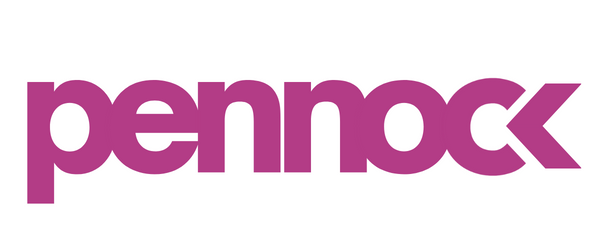Unpopular Opinion on Agency Structure
The Hardest (and Best) Decision I Made for Pennock
Recently, I reconnected with a group of agency owners—some running agencies slightly smaller than Pennock, others at 3X our ARR.
One topic that always comes up? Profit margins.
Everyone wants to know: What’s a good profit margin for an agency? The answer varies by industry, but for a growth marketing agency like ours, the benchmark is north of 40%. Pennock isn’t there.
Does that bother me? Sure. I like money. But I made a deliberate decision to reduce my margin in favor of something bigger.
Choosing People Over Profit
Like any agency, we have a ton of operational costs. But the biggest factor? Staffing.
When I started Pennock in 2018, I ran it as a collective of freelancers. On paper, it made sense—lower costs, more flexibility. But in reality, I felt restless all the time.
Would Dan get that report to our client Fredrik by tomorrow? What would it even look like? Would he remember to use Poppins font and our brand colors? Did he even know what the agenda was for the call?
Fucking, Dan.
I was done.
I wanted more control, more consistency, more alignment with how I wanted to serve clients. And my husband, Tyler, convinced me to take the leap.
The decision? As soon as our retainers could cover a full-time salary, I would convert freelancer roles into FTE positions.
The Early Days: Chaos & Learning
The first year, it was just me and Brandy. Things were…tumultuous. We argued, yelled, and pushed each other—sometimes in ways I’m not proud of. But I was in survival mode. I reacted instead of responding (something I’ve worked hard to improve as a leader).
Later that year, Diana joined. She’s still my ride-or-die, the person I trust most when it comes to marketing.
Slowly but surely, we grew.
We hit MRR milestones that let us hire four, then five, then six people. By the end of our second year, we had 11 full-time employees.
The Trade-Off: Lower Margins, Bigger Impact
Scaling a full-time team instead of relying on freelancers meant sacrificing short-term profit for long-term success.
I chose to build a team that approached client relationships the same way I do—with deep investment and true partnership. I wanted us to care just as much about our clients’ business goals as they did.
Could I have found freelancers who operated this way? Maybe.
Did I? No.
Looking back, I wouldn’t change a thing.
Yes, it meant months of loss instead of profit. Yes, it meant letting go of some discretionary income.
But our clients—even our ex-clients—tell us time and time again that they’ve never worked with an agency team as aligned with their business objectives as we are.
And that? That makes it all worth it.
